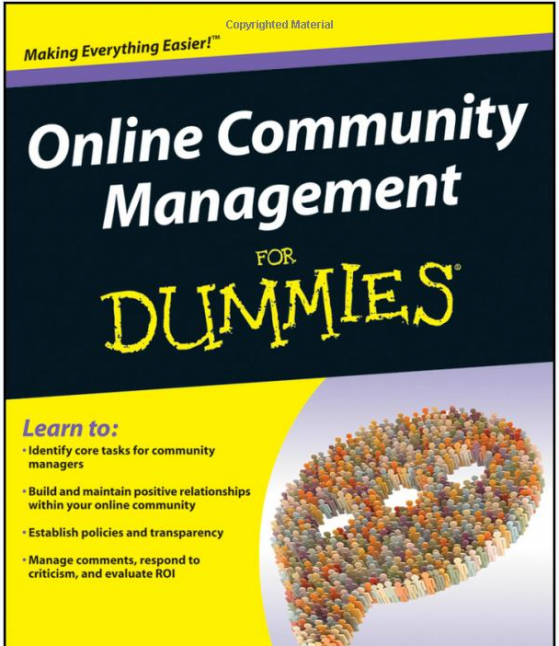
Only if you do it incorrectly!
Deb Ng’s, author of Online Community Management for Dummies, post over at Kommein about smart ways to engage your community, especially through social media, got us thinking about the best practices for nonprofits. Many of the same rules apply to nonprofits as to standard businesses. As Deb noted:
- First, communication is a two-way street. Don’t talk at your contacts and fans, talk with them. Read and respond directly to their posts.
- Second, be relevant. Don’t post things that are off-topic just to try to get interactions. Stick to what makes sense for your organization.
Those are just two of the basics, but for a nonprofit, there are specialized concerns that you should keep in mind.
First, focus on the reasons that drove your fans and supporters to Like or Follow your page in the first place. They connected emotionally to your cause (or are close to someone who did), and that connection should be nurtured. Updates about your activities, or things that affect your cause in a broader context, are always welcome. You can also share challenges that your organization faces or success stories. And things don’t always have to be “heavy:” you can post a funny picture from a post-fundraiser mess, share a video from a partner organization that you like, or anything else that might be interesting to your community. But with any of these things, here’s the key:
Drive a conversation.
- Updates. If you’re updating supporters on your activities, ask what they think you should tackle next.
- Networking. If there’s relevant news from a location outside your territory, ask your supporters if they know someone who might like to help your org get involved there.
- Troubles. If you’re talking about challenges, ask how they might resolve them, or ask them to share their own relevant troubles.
- Good news. If you’re sharing success stories, ask if they have any to add.
The goal is not just to get supporters talking to you for the sake of chatter, but also to share useful information, feedback, and advice between your org and the community. This ties directly into the second most important part of community engagement:
Show that they helped you.
Incorporate their ideas into your activities, respond to their suggestions, invite a supporter to help lead an event, and take other actions that demonstrate the value of their thoughts. The more you use the things they share, the more they will be inspired to share. And that’s a good thing.
It all begins with effective community engagement. Read Deb’s post on her blog here.




